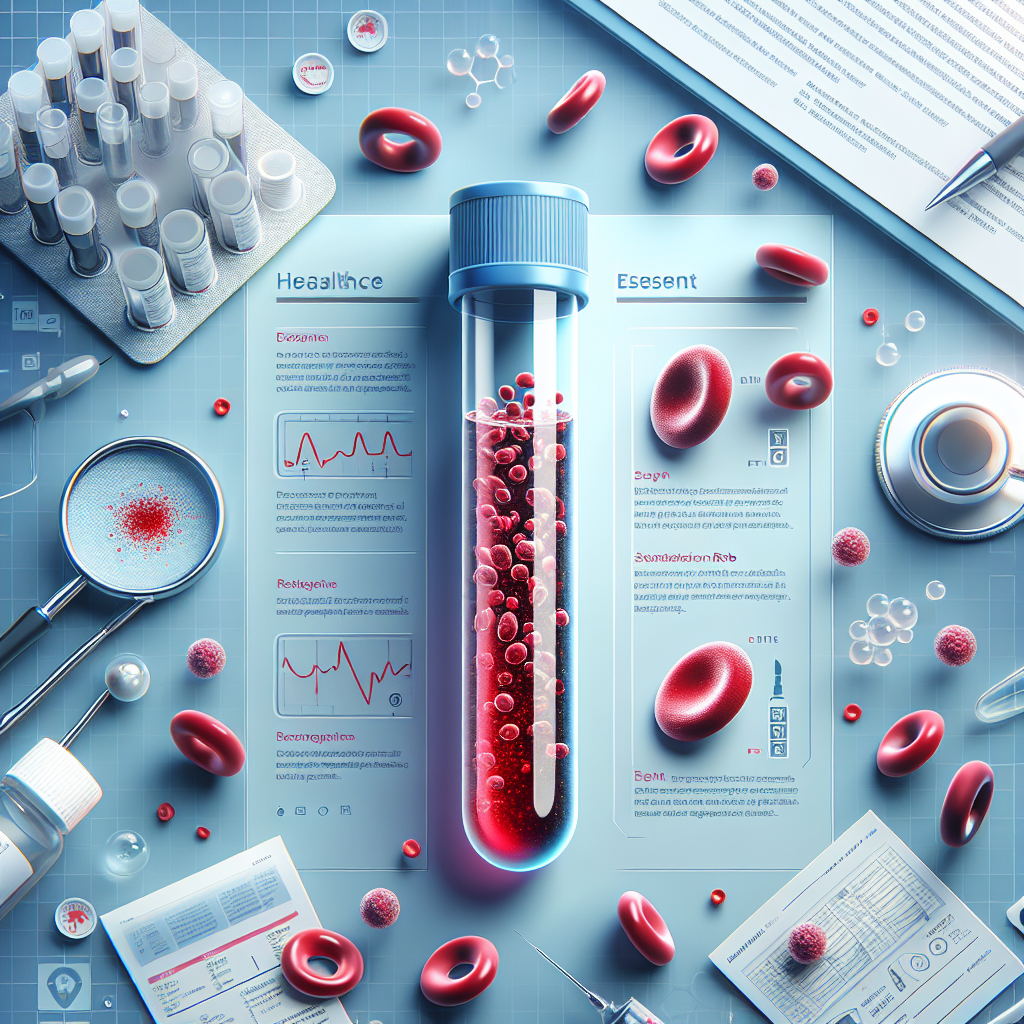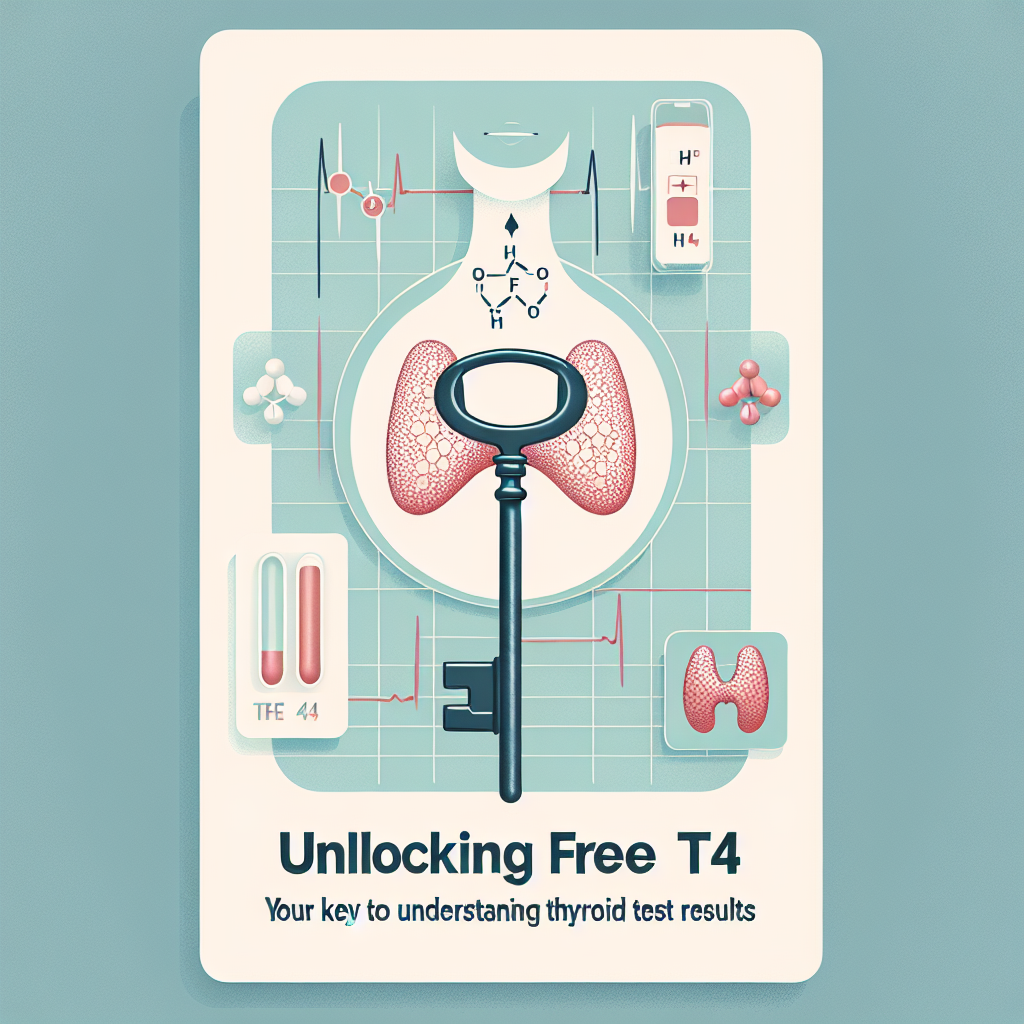You are currently examining the results of your recent blood test, and one particular entry labeled “Vitamin D (25-OH)” indicates a value outside the typical reference range. Naturally, you may have questions about what this outcome signifies. What implications does this marker hold for your health, and how can you interpret this information accurately and calmly?
This article is designed to shed light on this vital biological marker. We will break down what Vitamin D (25-OH) encompasses, its critical functions in the body, and how to interpret the associated line on your report. Our aim is to convert complex data into straightforward insights, enabling you to engage more effectively with your healthcare provider.
What is Vitamin D (25-OH)?
Vitamin D (25-OH), or 25-hydroxyvitamin D, serves as the primary indicator of your body’s vitamin D levels. It represents the storage form of this essential vitamin, and measuring it in the blood offers a stable snapshot of your overall reserves.
Origin: A Multi-Step Process
Your body primarily synthesizes vitamin D in response to skin exposure to ultraviolet B (UVB) rays from sunlight. This initial form is then sent to the liver, where it’s converted into 25-hydroxyvitamin D (25-OH)—the version quantified in blood tests. Subsequently, the kidneys transform this reserve into active vitamin D, a potent form with a shorter lifespan.
Consequently, assessing the storage form (25-OH) offers a more accurate reflection of your long-term vitamin D status. Dietary sources of vitamin D, such as fatty fish, eggs, and fortified dairy products, play a supplementary role.
Function: An Essential Role for the Body
The most recognized function of vitamin D is its contribution to bone health, acting as a facilitator for the absorption of calcium and phosphorus in the intestines. Insufficient levels of vitamin D can diminish this absorption, affecting skeletal strength.
However, vitamin D’s role extends beyond bone health. It is a crucial ally for the immune system, promoting balanced functioning. Additionally, it aids muscle function and helps in managing inflammation. Ongoing scientific research is investigating its connections to various other health aspects.
Why is it Important to Know Your Vitamin D (25-OH) Level?
Gaining insight into your Vitamin D (25-OH) level is a proactive health measure. This biomarker acts as a subtle yet influential regulator, and maintaining its balance is essential for overall health. Abnormal levels, whether below or above the recommended range, can lead to significant consequences if left unaddressed.
Increasing Recognition of Vitamin D’s Importance
Once primarily associated with the prevention of rickets, vitamin D is now acknowledged for its diverse physiological roles, resembling those of hormones. This growing understanding accounts for the increased frequency with which its measurement is conducted during health assessments.
Public health studies, including those from France, indicate that a considerable segment of the population has vitamin D levels that fall short of recommended benchmarks, particularly during winter. Notably, around 80% of individuals may exhibit levels below 30 ng/mL, a threshold often indicating insufficiency.
Consequences of an Imbalance
Long-term vitamin D deficiency can gradually weaken bones, elevating the risk of osteoporosis and fractures. It may also result in muscle pain and weakness. Conversely, excess vitamin D—nearly always stemming from uncontrolled supplementation—can lead to calcium buildup in the bloodstream (hypercalcemia), posing a risk to kidney health.
Therefore, monitoring this marker facilitates the early detection of imbalances, enabling corrective measures to support your long-term health.
How to Interpret the Vitamin D (25-OH) Line on Your Results?
Understanding your test results is easier than you might expect. You will encounter a line resembling the following example:
VITAMIN D (25 OH) [Serum] ……. 28 ng/mL ……. (Ref: 30 – 100)
- VITAMIN D (25 OH): The name of the tested marker.
- 28: Your individual result.
- ng/mL: The measurement unit, which may also be expressed in nmol/L; note that 1 ng/mL is approximately equal to 2.5 nmol/L.
- (Ref: 30 – 100): The laboratory’s reference range, indicating the levels considered optimal.
Laboratories might denote a value outside of this reference range with a symbol (such as *) or color coding. Slight discrepancies in reference values can exist from one lab to another, which is why it’s crucial to interpret results with your healthcare professional, who will take your overall context into account.
Situations Relating to Abnormal Vitamin D (25-OH) Levels
A reading outside the reference range can suggest either a deficiency (low level) or an excess (high level).
Low Level: Insufficiency or Deficiency
This scenario is the most prevalent. We differentiate between insufficiency (mildly low level) and deficiency (significantly low level).
Possible Causes
- Insufficient sun exposure (the primary cause).
- A diet lacking in vitamin D.
- Certain medical conditions (e.g., intestinal, liver, or kidney disorders).
- Certain medications (e.g., prolonged use of corticosteroids or anti-seizure drugs).
- Obesity or older age.
Mechanisms and Symptoms
The body struggles with a lack of vitamin D, which leads to diminished calcium absorption by the intestine. As a compensatory mechanism, the body might resort to using calcium from bone reserves. Initial symptoms can be subtle, including fatigue, bone or muscle pain, and a heightened vulnerability to infections. For adults, severe deficiency may lead to osteomalacia (“soft” bones) and osteoporosis.
Additional Tests
Your healthcare provider may recommend tests for calcium, phosphorus, and parathyroid hormone (PTH), which often shows elevated levels in cases of deficiency.
High Level: Toxicity
This occurrence is rare and nearly always results from excessive and uncontrolled supplementary intake.
Causes and Mechanisms
Excessive vitamin D supplementation can lead the intestines to absorb too much calcium, which triggers hypercalcemia.
Associated Symptoms
Possible symptoms include nausea, excessive thirst, constipation, or confusion. A high vitamin D level necessitates a medical assessment to ascertain the underlying cause and prevent complications.
Frequently Asked Questions about Vitamin D (25-OH)
What is the Difference Between Vitamin D2 and D3?
Vitamin D3 is synthesized by the skin and originates from animal sources, while vitamin D2 comes from plant sources. D3 is typically deemed more effective in boosting body reserves. The blood test accounts for the total of both forms.
Is a Level Just Below the Norm Concerning?
Not necessarily. A slightly below-normal level is a common scenario that deserves attention from your doctor. While it isn’t an urgent issue, it provides a chance for preventive action, often through straightforward lifestyle changes.
Does the Season of the Test Affect the Result?
Yes, certainly. Vitamin D levels are naturally lower in late winter and higher in late summer. Your doctor will consider this factor when interpreting your results.
Why Measure 25-OH Vitamin D and Not the Active Form?
The 25-OH form serves as the storage version of vitamin D. Its levels are more stable and offer a better representation of the body’s overall reserves. The active form is typically measured only in specific medical cases, particularly regarding certain kidney conditions.
Key Takeaways
Your Vitamin D (25-OH) level reflects an important aspect of your internal balance, crucial for:
- Bone health.
- Immune system function.
- Optimal muscle performance.
Understanding this marker empowers you to actively engage in your health. A result outside the recommended range serves as an indicator rather than a cause for alarm. It opens up a discussion with your doctor about the best approaches to take—be it dietary changes, sun exposure advice, or, if necessary, careful supplementation.
Additional Resources
For more information and to decode other markers, more articles are available here.
Confused by Your Blood Test Results?
Gain instant clarity with BloodSense. Our platform interprets your blood test results online in minutes, transforming complex medical information into an easy-to-understand report. Take charge of your health today by visiting bloodsense.ai to receive your personalized insights now.







